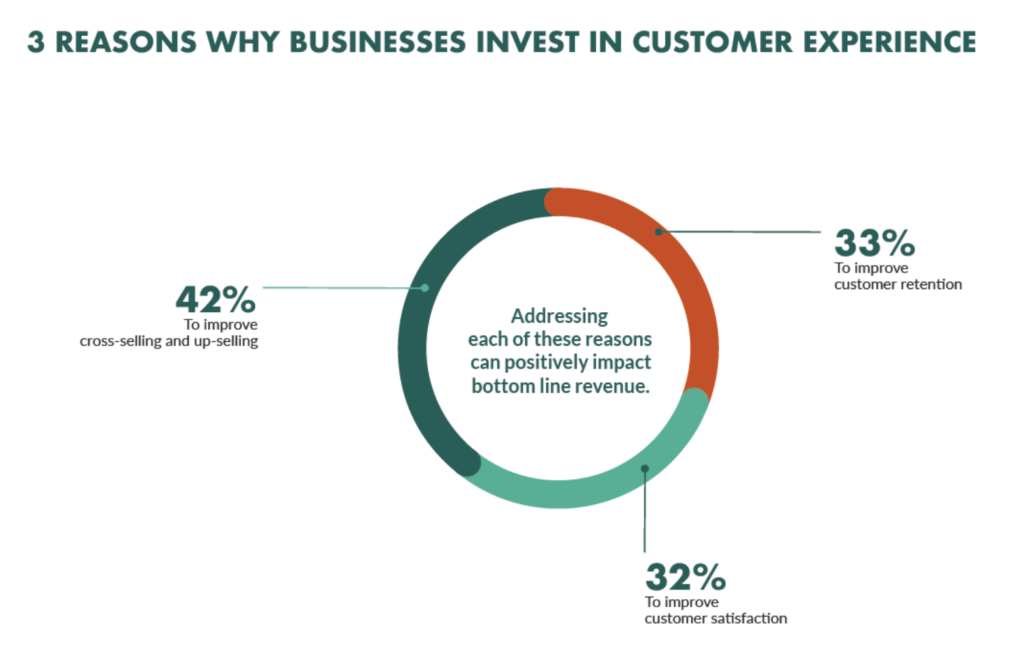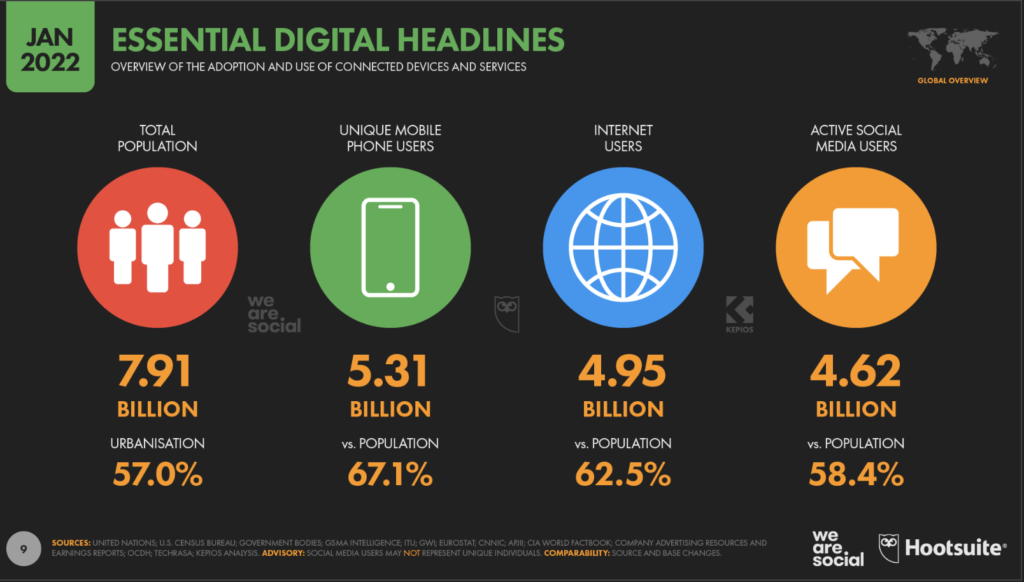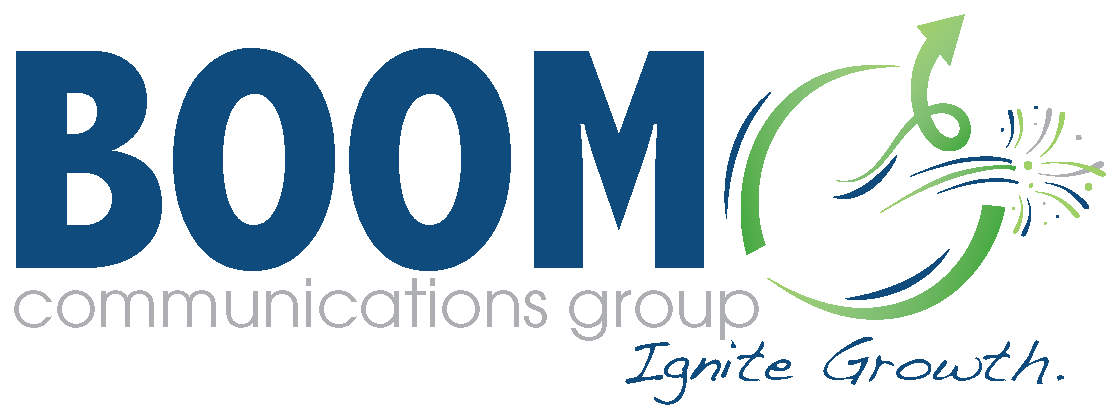
Media Placement: Show Your Ads Where People Are Looking
When you invest in paid media placement, you want to ensure your investment pays off through a high return. However, finding the right place to display your sponsored content isn’t easy in a market with dozens of advertising channels and challenges like ad blockers. Which channel is right for you, and how can you get the eyes you need on your content?
Learn five of the best channels for media placement and the benefits of each one.
Key Takeaways:
- Most consumers are tired of seeing banner ads and pop-ups, motivating marketers to find creative ways to advertise.
- Native ads blend in with the surrounding content for a seamless browsing experience.
- Paid search and social media ads are the two most effective channels for advertising.
What Is Media Placement in Marketing?
Media placement refers to content you pay to promote. With the influx of online content, media placement is becoming more popular as you can get more eyes on your marketing material.
Because of the vast amount of online content today, 90.63% of pages don’t get organic traffic. Paid media placement cuts through the noise and gets your ads in front of your audience. You also have more options for targeting your prospects because it gets around ad blockers and is available on more channels.
Common Challenges Advertisers Face Today
The customer’s experience when interacting with your media is more important than the products you sell. About 45.9% of businesses prioritize the customer experience over selling products because it leads to greater returns than a single sale.

Traditional banner ads can detract from the customer’s experience, which is why ad blockers are rising. About 42% of internet users globally use ad blockers. These prevent pop-ups and other sponsored messages from interrupting the user experience.
However, businesses found a new way of reaching their audience without contributing to the noise of traditional ads. Media placement is the new ad and uses quality content to connect with your audience through sponsored placement.
By sponsoring your marketing content, you build trust and a connection through content marketing while receiving the increased traffic of traditional ads. Together, you have a modern revenue generation strategy that attracts quality leads, fills your sales pipeline, and increases your website traffic.
5 Best Locations for Media Placement
Use these five channels to sponsor your content, boost your ad strategy’s effectiveness, and increase your conversions.
1. Sponsored Searches
Search ads are the top advertising method, and Google leads the way as the most popular search engine. Sponsored searches are PPC ads. You can pay for priority placement of your content in search results. Often sponsored content will appear in the top spots in search results.
To sponsor your content, you bid on keywords that your target audience often search. Then, when they perform those searches, your content has a guaranteed top spot where you have a higher chance of getting clicks as 63% of consumers click on Google ads.
2. Social Media Ads
Start with social media if you want your ads in front of the most eyes. Roughly 58% of the world’s population is on social media. In addition, the majority of internet users also have social media accounts. As a result, social media ad spending in 2022 will reach $173 billion as marketers swarm to this effective marketing channel.
Social media advertising is the second largest ad market behind search ads. What makes social media advertising unique is the opportunity to engage with your audience. Since engagement is a priority in today’s marketing environment, using this channel gives you an advantage over your competition.
By placing paid media on social channels, you have an opportunity to converse with your audience, engage them through likes and shares, and build trust with them through more personal interactions. All these factors give your sponsored content more authenticity and a greater chance of converting the audience that sees your media.
You can also target your audience effectively on social media. Consumers who sign up for Facebook, Instagram, and other social channels freely provide information like their location, gender, relationship status, and interests. You can use these factors to bid on your ads and get your media on the feeds of the most relevant audience.
Some examples of the top social channels for ads include:
- YouTube
- TikTok

3. Native Ads
Native advertising is paid media placement on websites that position your content within similar content to provide a seamless user experience and target a specific audience based on what the publisher’s article is about. It’s slowly replacing traditional banner ads as the preferred format for advertising.
For example, when you read an online magazine, the bottom of the article often has a list of recommendations for further reading relating to the content in the original article. However, these recommendations aren’t always articles from that magazine. Some sites leave that space for third-party marketers to post their content for a fee.
Because your content blends in with the other website content your readers are engaging with, it leaves a more favorable impression on your reader. Instead of seeing your content as something that blocks what they want to read, it becomes an extension of their experience. You can benefit further by offering quality information in your media so that they want to accept the offer at the end of your content.
4. Social Media Influencers
When marketers discuss media placement and ads, influencer marketing isn’t always the first method that comes to mind. However, about 93% of marketers use influencer marketing.
Influencers are online personalities with a niche following. You can use that following by paying a creator in your target niche to post your content where your ideal audience will see it, promote your products, or use your media as part of their video. By collaborating with an influencer, you can build on the trust they already have with their following. You also add authenticity to your brand as people trust recommendations from peers over businesses.
5. Print Ads
Print ads are far from dead, even with all the digital ad placement opportunities. Campaigns that combine print and digital ads see 400% effectiveness. In addition, 82% of consumers trust print ads.
While businesses compete for ad placement online, you can make your brand stand out by targeting your audience through strategic media placement in your audience’s favorite publications.
Get More Eyes on Your Ads
Do you want to get your marketing content in front of more people? BOOM communications Group can help improve your media placement strategy to ensure you see the results you need to meet your marketing goals.
Contact us to discuss solutions for generating more revenue through your advertising.
